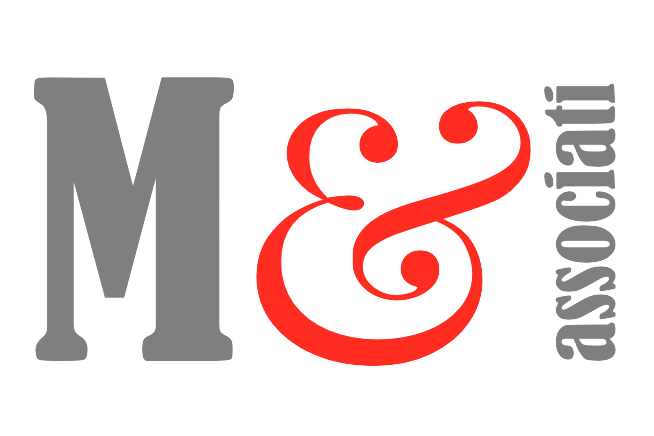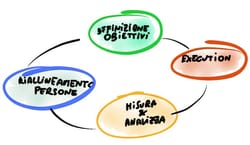To survive in today’s harsh and cutthroat market, you have to pay attention to everything. One thing often overlooked by business owners and management of small and medium-sized companies is the shift in the factors that drive business costs.
If you think about it, you’ll quickly realize that the main cost driver today is no longer sales volume. For many years, this was the key factor influencing costs. Nowadays, relying on it alone can be misleading because it doesn’t account for a crucial factor: complexity.
Complexity can raise transaction costs in very different ways, even if sales volumes stay the same, affecting overall profitability. For example, consider the cost of raw materials (or goods), the classic variable cost:
- There’s a big difference between sourcing from a single supplier versus multiple suppliers
- Order size can make a difference
- The delivery method and location can improve or worsen purchasing conditions
What’s even more concerning is that complexity also affects fixed costs. These costs rise as complexity increases. For example, if your purchasing team has to manage suppliers both in Italy and abroad, you’ll need the right people and skills, which clearly raises structural costs.
Complexity has become an integral part of production. Just a few years ago, production was mostly standardized, so sales volume was the main cost driver. Today, the trend is towards more customized products. Take the automotive industry: Ford once said, “You can choose any color, as long as it’s black.” Now, we see nearly unlimited customization, where each model can be almost unique. And since products often come with associated services, unit costs increasingly reflect customer demands.
In this context, accurately determining contribution margin is essential to evaluate whether a company (or individual product/service) can generate income — and ultimately survive in the long term.
To learn more, leave a comment or contact us for a free preliminary consultation.



